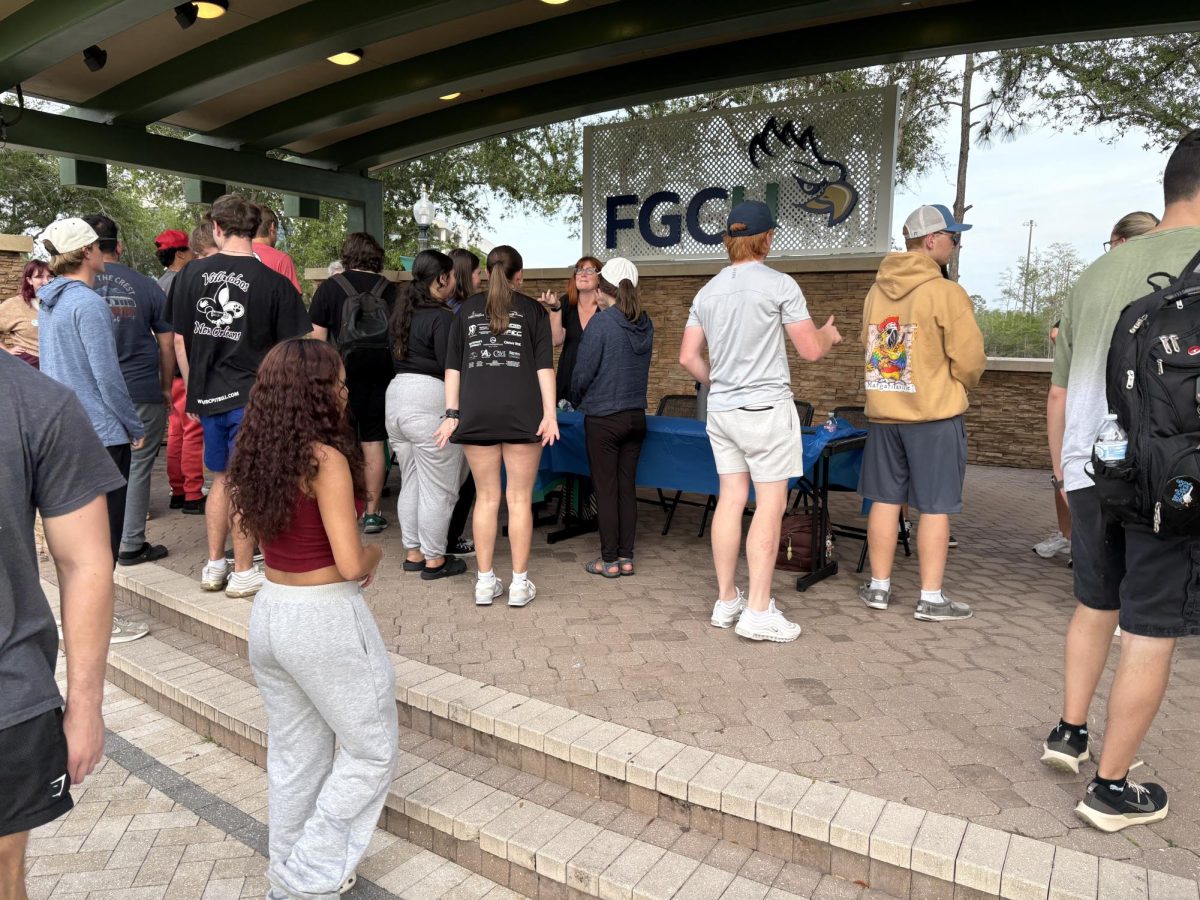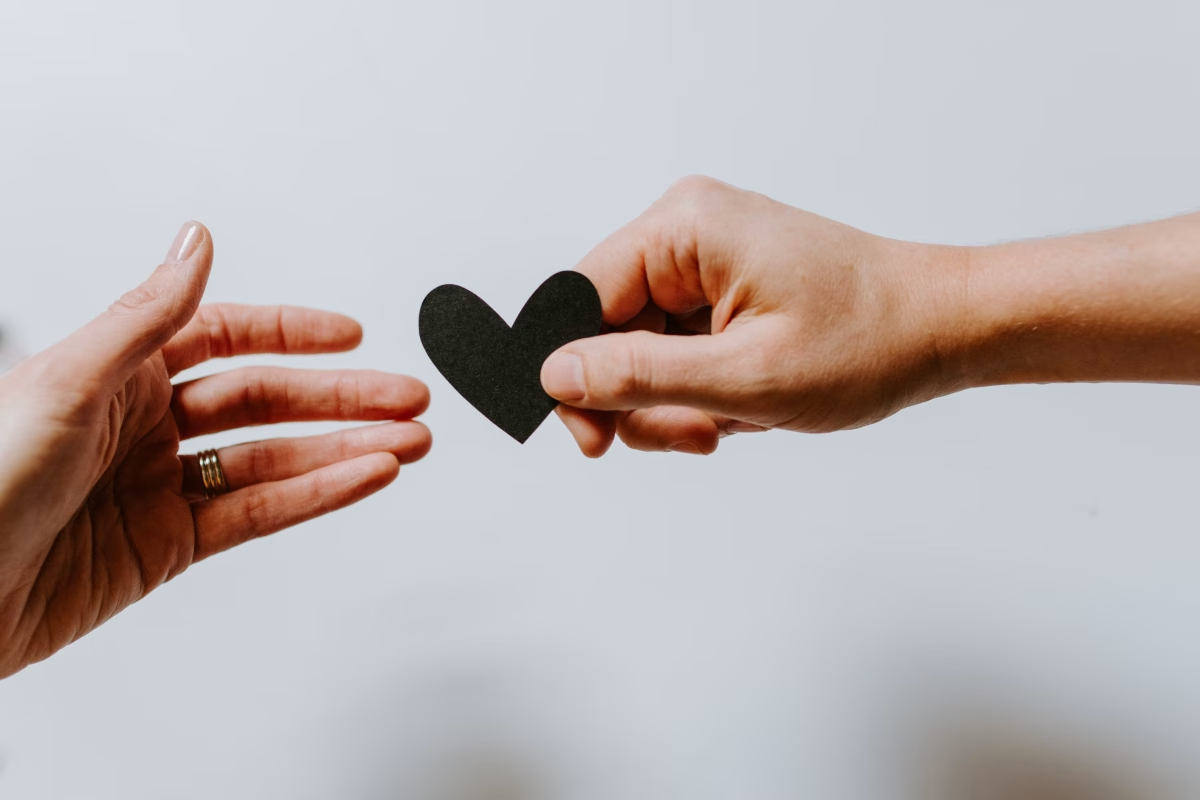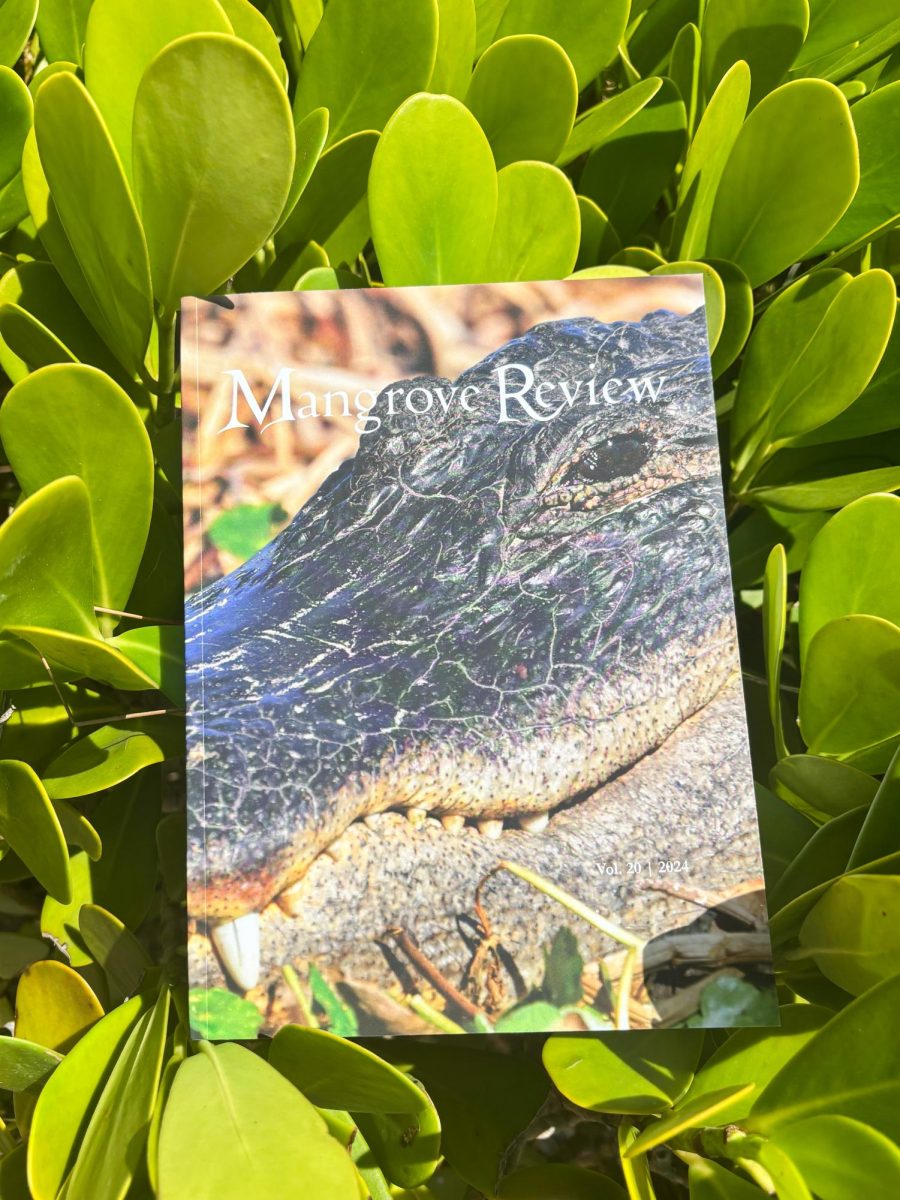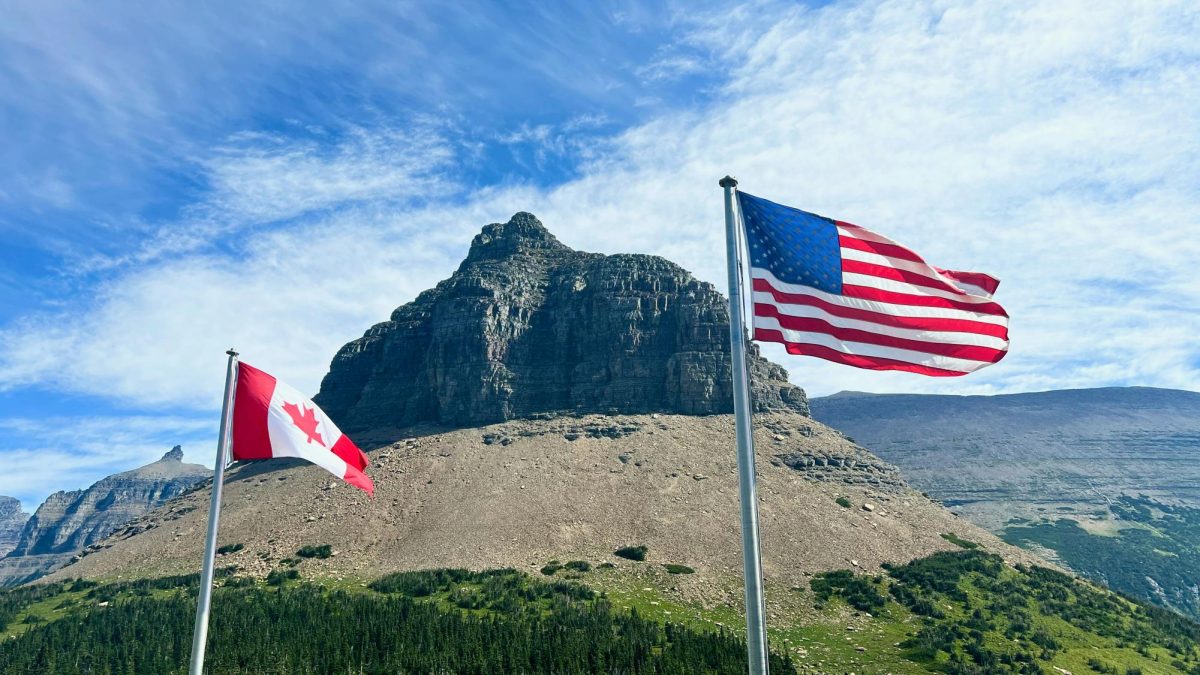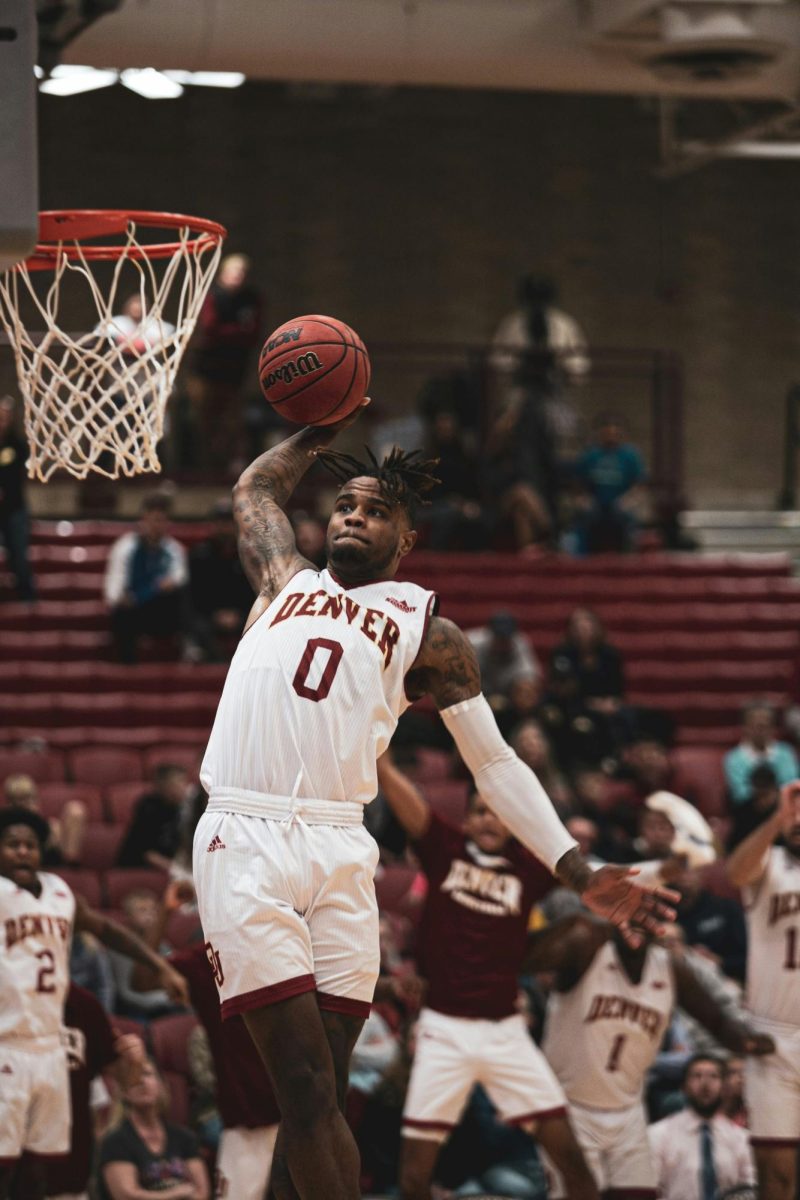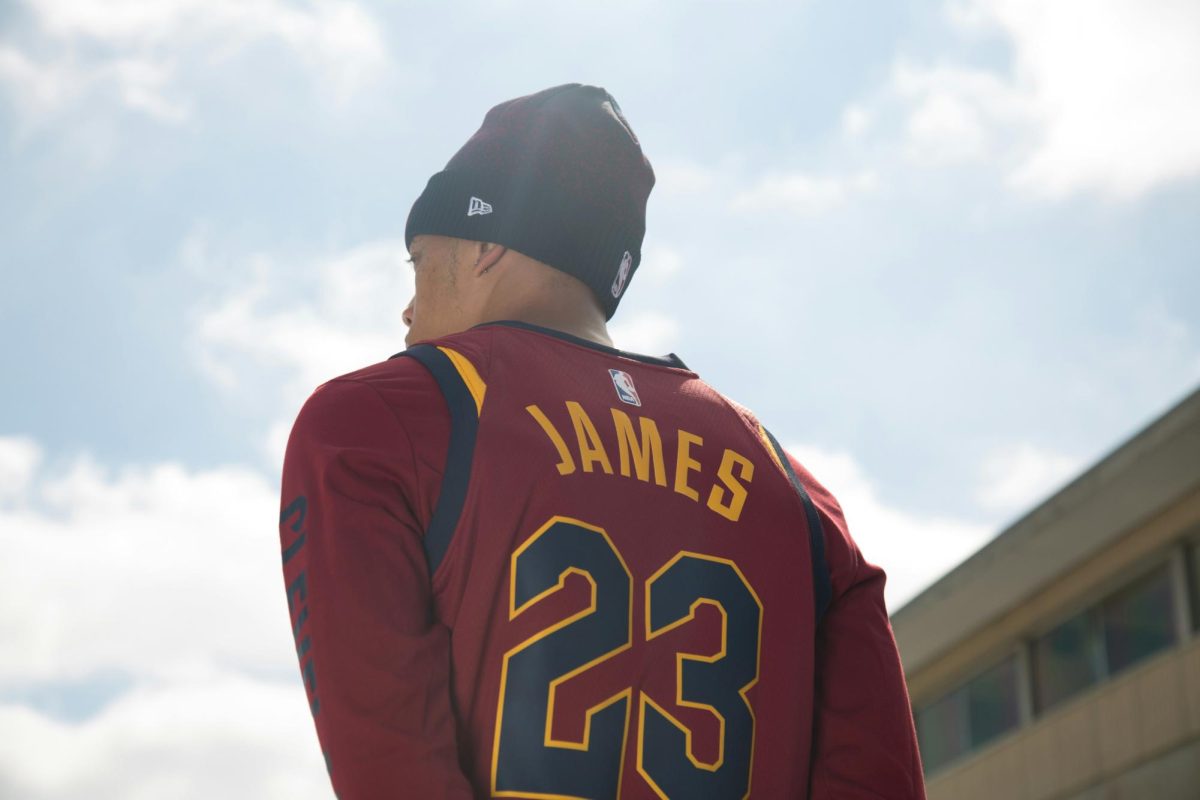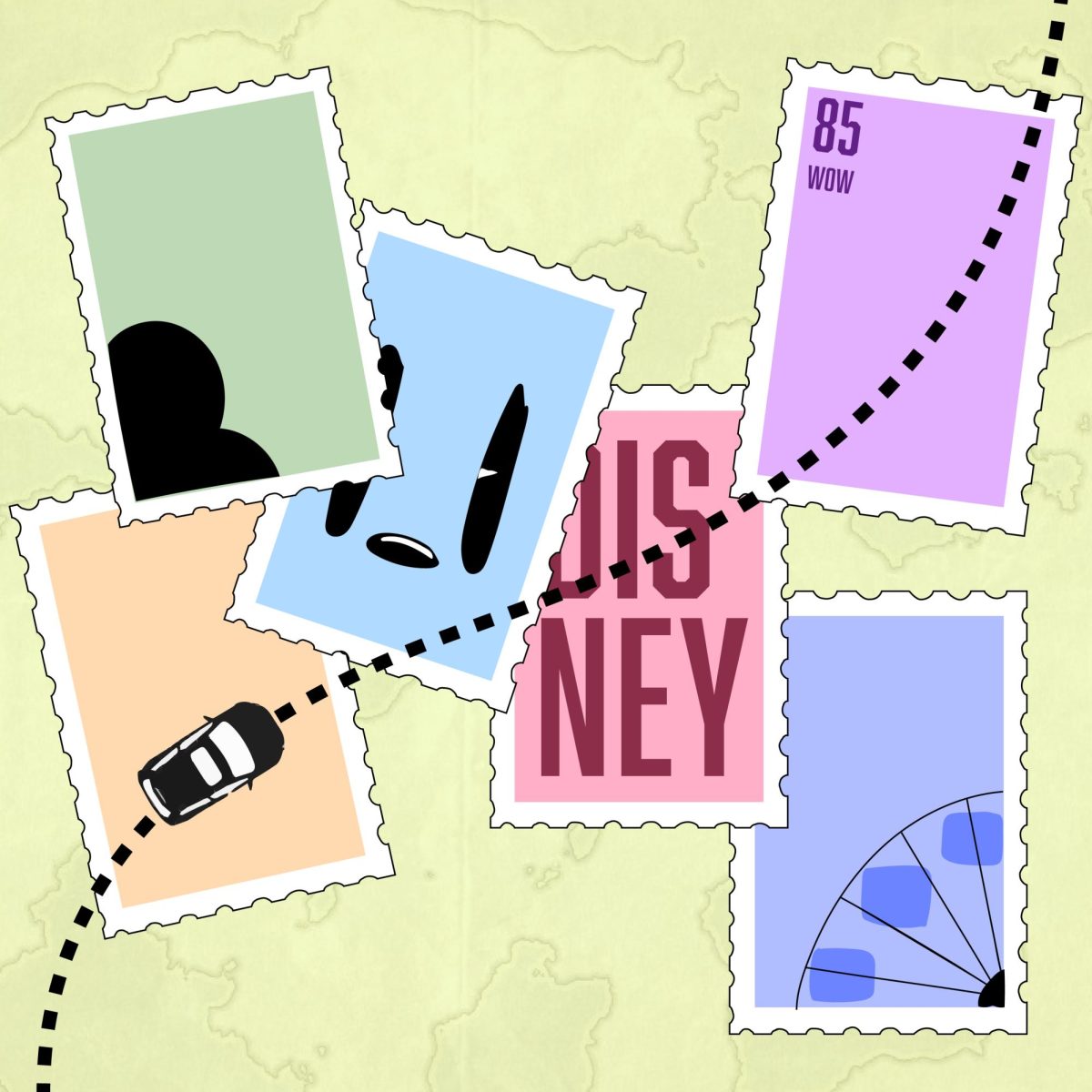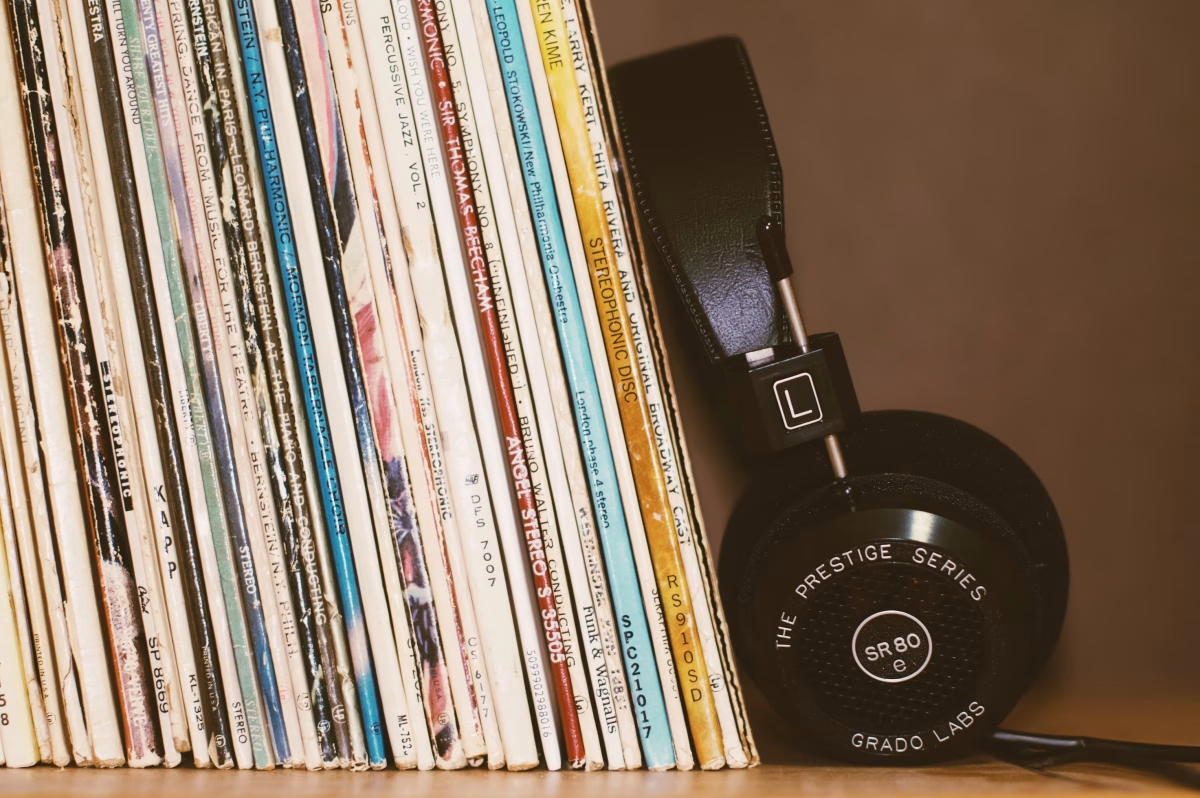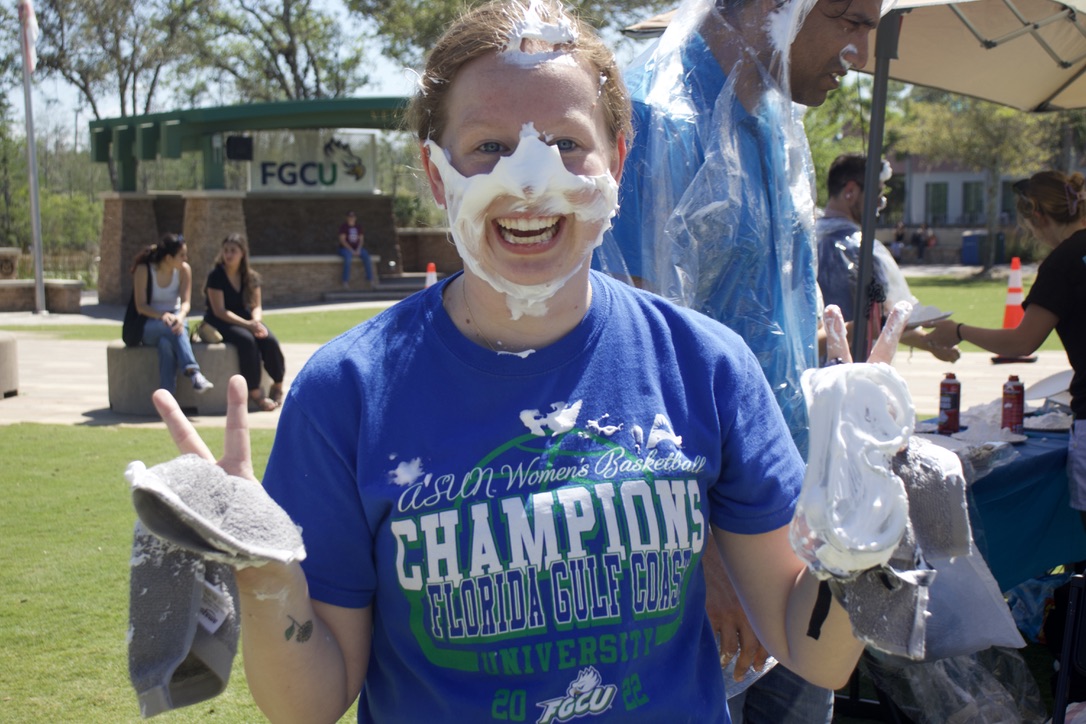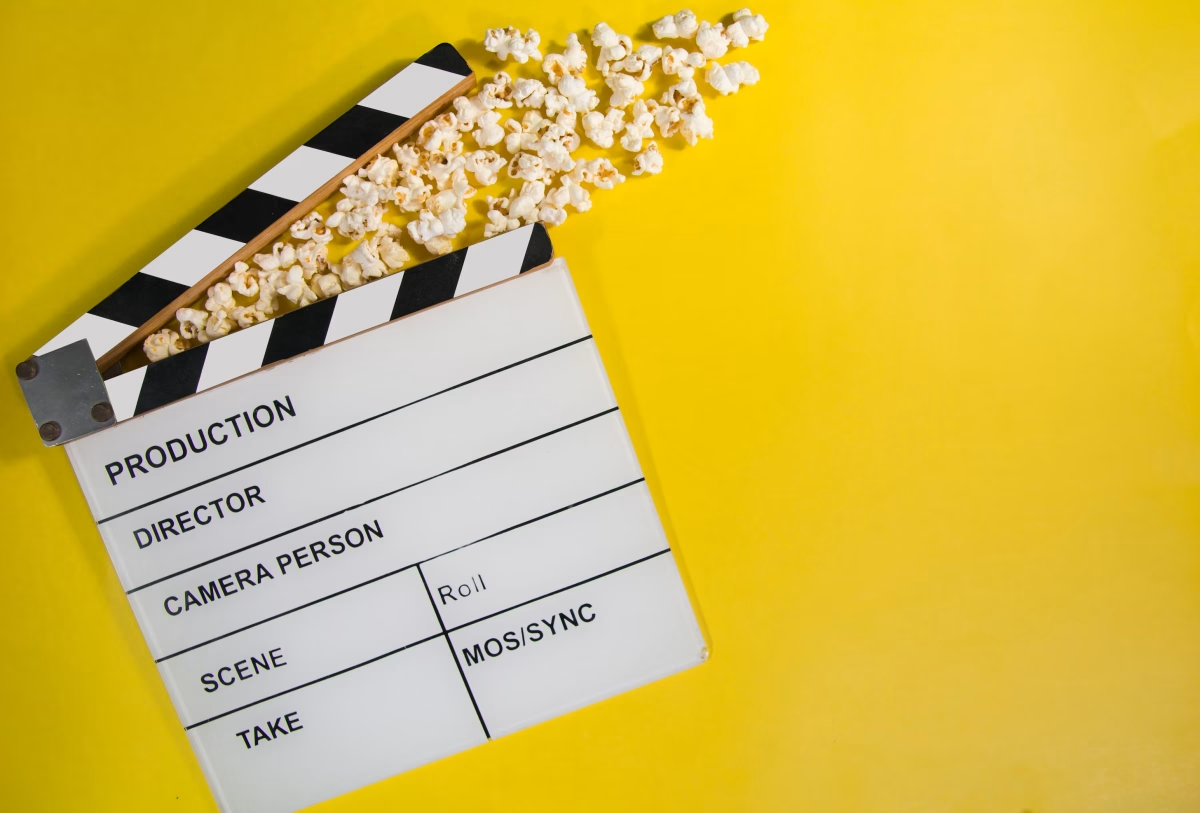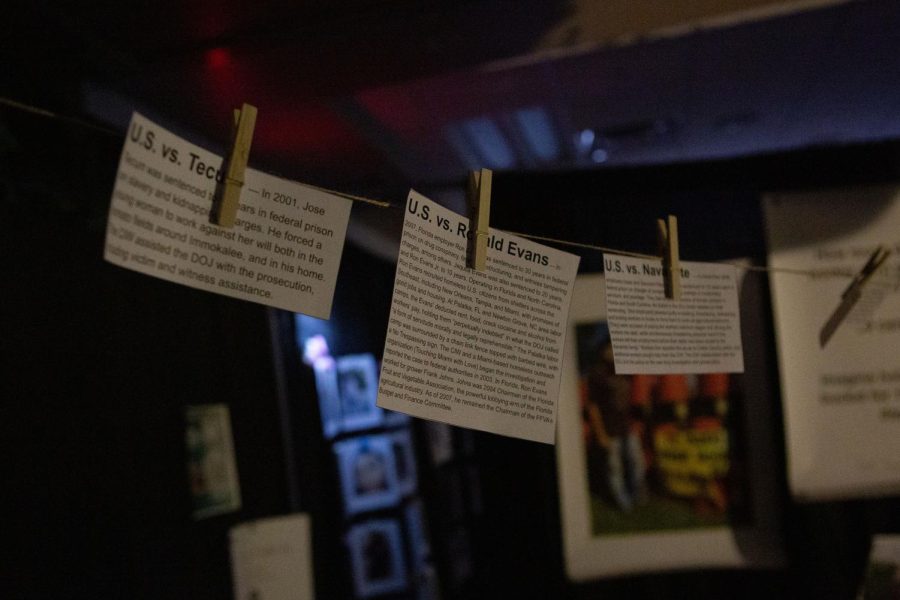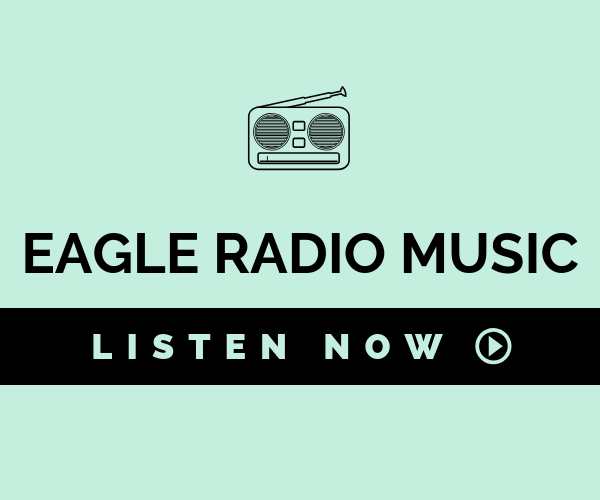FGCU’s Tunnel of Awareness: From Awareness to Action
Moments from the Tunnel of Awareness hosted by FGCU’s Office of Multicultural & Leadership Development.
November 17, 2022
Despite being a predominantly white institution in a red state, FGCU still has a diverse student body more than deserving of representation. Students and faculty of all minority demographics study, work and live at our university. The challenges members of these groups endure are not to be ignored.
In collaboration with numerous campus offices and organizations, FGCU’s Office of Multicultural & Leadership Development (MLD) curated the Tunnel of Awareness, a 40-minute experience highlighting various contemporary social issues. Small groups travel through various rooms, each one dedicated to struggles faced by those of a certain identity or background.
The concept of the Tunnel was founded at Western Illinois University in 1993. Findley added that while Tunnels at other institutions are typically named the “Tunnel of Oppression,” organizers opted to use the term “awareness” instead, due to the negative connotation of the word “oppression.”
This year, participants went through six spaces, dedicated to the following: Disability awareness, the Black, Indigenous People of Color (BIPOC) experience, farmworker exploitation, immigration, microaggressions and LGBTQIA+ issues. Every room explores the history of each topic and the various scales at which they have an impact. Tours ran from Nov. 2 to Nov. 4.
“We made the rooms so that you understand how these issues impact us here at FGCU, how it impacts us on the state level, and even nationally,” MLD Center Director and Assistant Dean Sherrelle Findley said. “Another big goal is challenging the way we think and the experiences that we have, especially being at a predominately white institution.”
Findley added that each room contained impactful elements to help convey information, and for participants to witness discrimination and oppression first-hand.
In the microaggressions room, laminated cards with microaggressions, statements that indirectly discriminate or invalidate an individual, are hung on the walls. When flipped over, the hurtfulness of the phrase is explained. In a supplemental video, microaggressions are compared to mosquito bites. While being bit by a mosquito once is annoying, being bit continuously and frequently makes for a difficult experience.
The disability awareness room used audio to portray the “I can’t” funeral, in which things that disabled FGCU students have been told they cannot do because of their conditions are said aloud. Participants saw equipment used by disabled people, and how such designs have developed throughout history.
In the farmworker exploitation room, participants had an opportunity to lift a bucket filled with 30 pounds of tomatoes, the load that farmworkers out of Immokalee carry for ten hours a day. The LGBTQIA+ room had a wall lined with transgender people that had been murdered within the past year, and a locker containing banned books with queer themes.
Audiovisual aids are employed in the immigration and BIPOC experience rooms. A clip of the mistreatment of immigrants, and an excerpt from a film discussing the need for BIPOC representation in media, respectively.
For tunnel participants, the journey should not end after they complete the experience. MLD and Tunnel collaborators hope that people can turn their newfound awareness into action, and lead more conscientious lives as students, faculty and human beings.
“Social justice is a really important part of my role,” FGCU Academic Advisor Kelly Cosgrove said. “My goal is to help students feel comfortable and figure out where they fit in, belong, and what they want to do. For example, I don’t know how a student is even going to want to meet with me and feel safe to explore the things they care about pursuing if I, say, misgender them.”
To help ensure that the tunnel is a cause for change, supplemental events for participants to attend were scheduled throughout this year’s tenure. Immediately afterward, participants have time to debrief the experience. There were also opportunities to meet curators of certain rooms, watch and discuss social justice documentaries and attend a recap session.
Moving forward, organizers are considering expansion options to make the tunnel more impactful. Talks of adding a seventh and eighth room, and making the experience more museum-esque to allow people to come and go as they please and have the opportunity to spend more time on certain topics have been occurring.
Adding more rooms and opportunities for knowledge would allow more groups and issues to be highlighted, making the tunnel more comprehensive and reflective of our student population.
BIPOC experience room organizer T.O. Oakes noted in this year’s recap session that while all BIPOC groups experience the common denominator of racism, each race has unique challenges that all deserve to be highlighted by those who experience them for accuracy and representation.
The tunnel also wishes to spread the message of social justice to those who need it most: faculty and those unaware. Findley revealed that while all members of administration were invited to attend the tunnel, only Vice President for Student Success and Enrollment Management Mitch Cordova attended.
“A lot of people who go through the tunnel are represented by the rooms and already know about the issues,” FGCU graduate student and tunnel participant Jah-Naika Lopez said. “Students of color feel slighted in their classrooms because certain faculty members may not take the chance or take the opportunity to learn more about students that they can’t personally identify with.”
Lopez added that while the people who need the tunnel most have yet to discover it, she believes the experience is still an incredibly valiant effort in bringing awareness to contemporary social justice issues to our campus.

